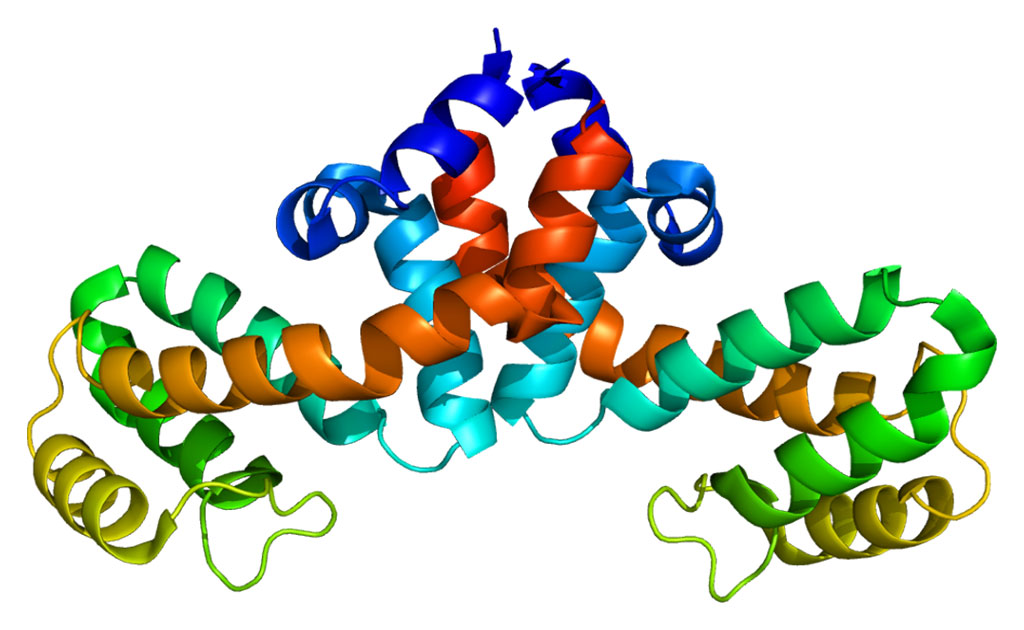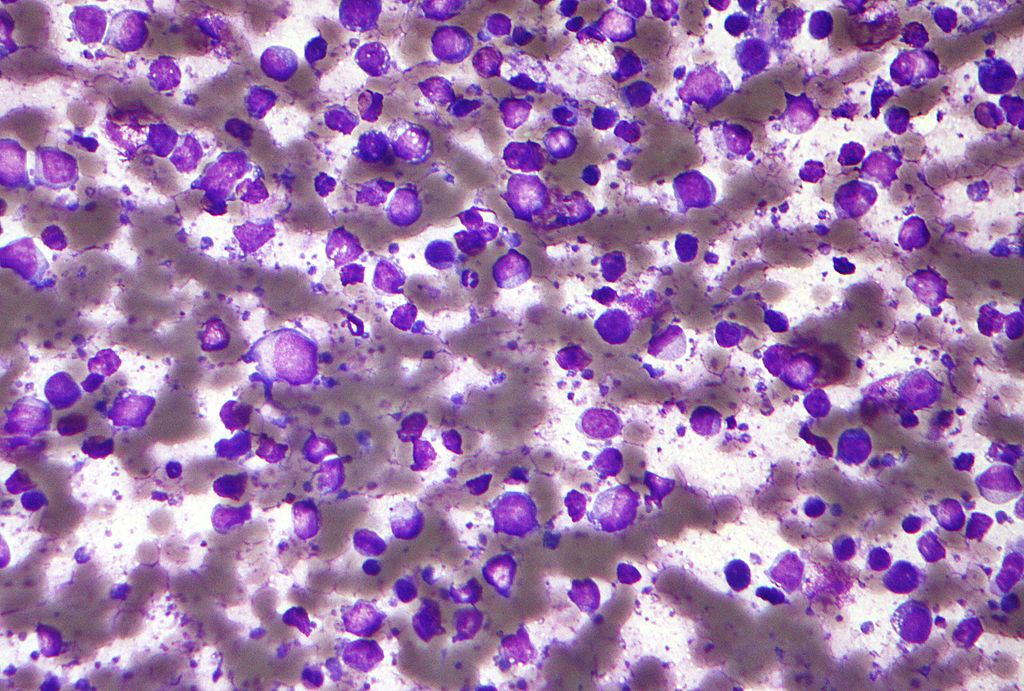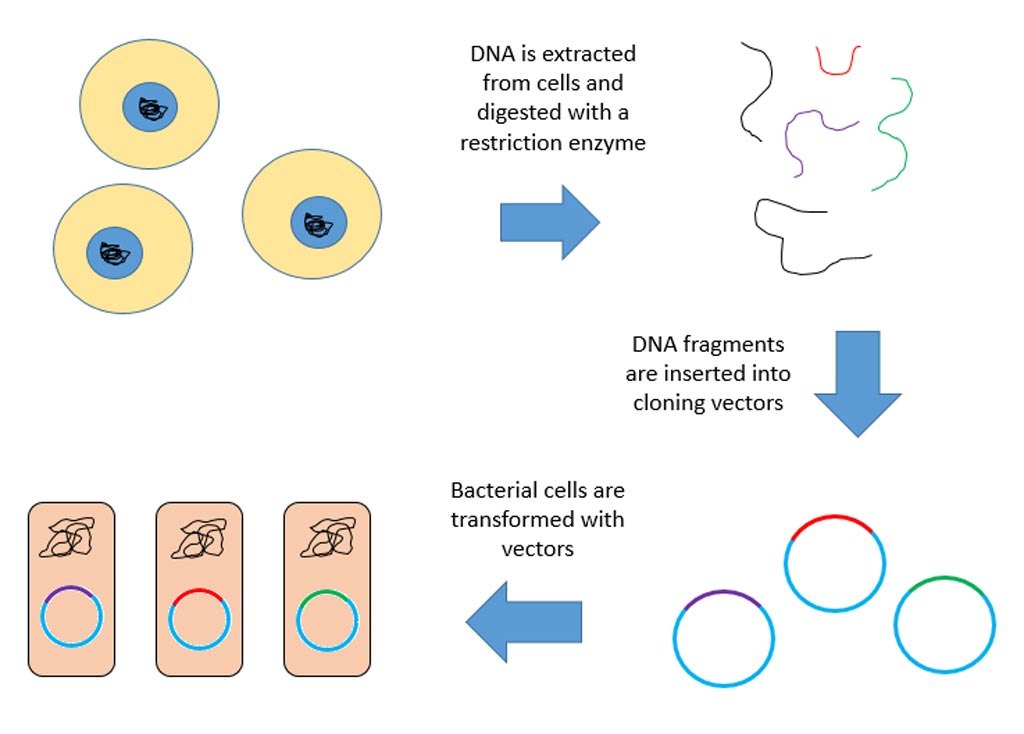Clustered T Cell Antigens on Carbon Nanotubes Enhance Adoptive Immunotherapy
By LabMedica International staff writers
Posted on 04 May 2010
The use of nanotubes coated with specific T cell antigens reduced by nearly one-third the time required to enrich the blood culture of patients undergoing adoptive immunotherapy with cancer-fighting antitumor specific T cells.Posted on 04 May 2010
Adoptive immunotherapy is a cancer treatment protocol based on extracting a patient's blood in order to increase the number of anticancer T cells, the growth of which is often suppressed by the tumor so that they are too few to be effective. Different growth factors are used to boost the production of T cells outside the body. Once enough T cells have been produced, the blood is transferred back into the patient's body.
In this regard, investigators at Yale University (New Haven, CT, USA) used a type of carbon nanotube to stimulate in vitro T cell production. They reported in the April 20, 2010, issue of the journal Langmuir that functionalized single-walled carbon nanotube bundles (f-bSWNT) coated with T cell-stimulating antibodies enhanced both the kinetics and magnitude of T cell stimulation as compared to the same concentration of free antibodies in solution. This enhancement was unique to f-bSWNT compared to other artificial substrates with high surface area and similar chemistry.
The investigators used FRET (Fluorescence Resonance Energy Transfer) microscopy to show that enhanced T cell production was the result of the preferential formation of large antibody stimuli clusters on the surface of functionalized versus untreated nanotubes.
"Carbon nanotube bundles resemble a lymph node microenvironment, which has a labyrinth sort of geometry,” explained senior author Dr. Tarek Fahmy, associate professor of chemical engineering and biomedical engineering at Yale University. "The nanotube bundles seem to mimic the physiology and adsorb more antigens, promoting a greater immunological response.”
"We think this is a really interesting use of carbon nanotubes,” said Dr. Fahmy. "It is a way to exploit the unique properties of this material for biological application in a safe way.”
Related Links:
Yale University














